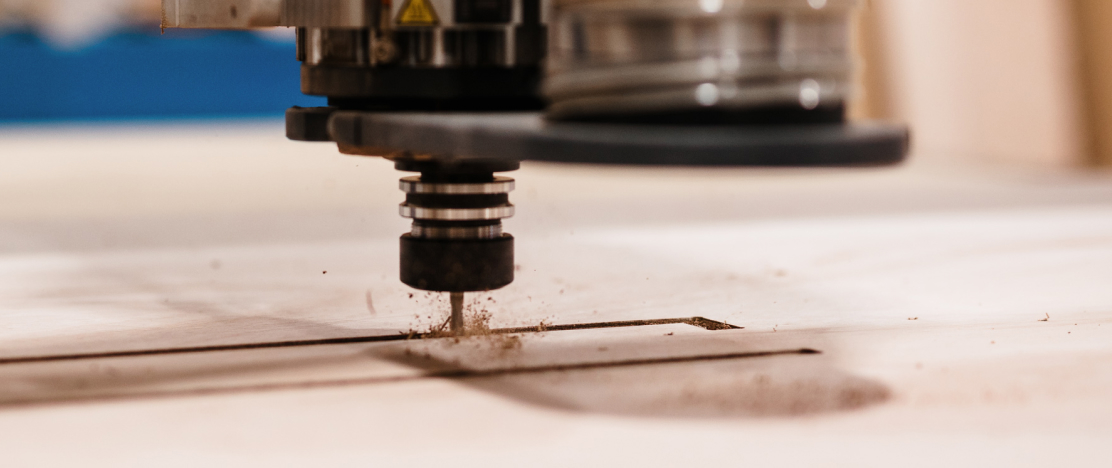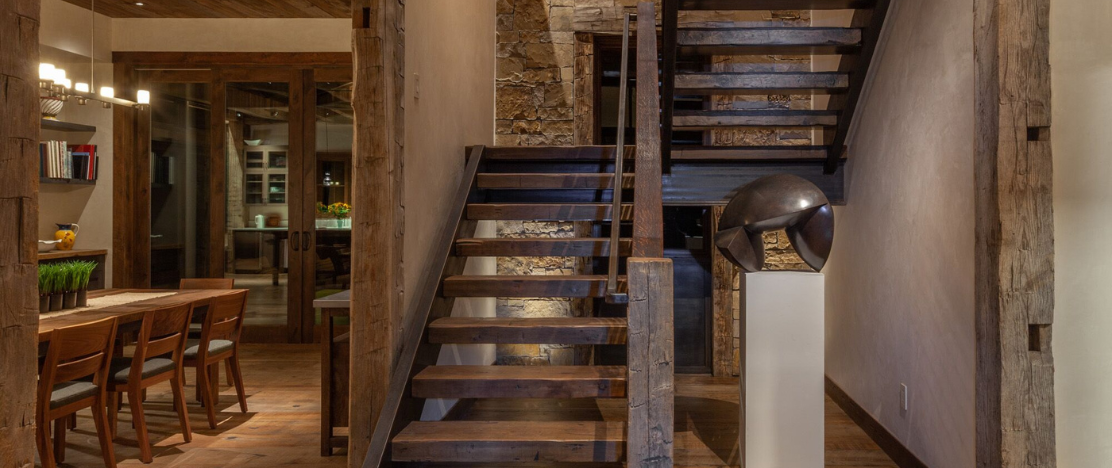Ever Heard of a Thermally Modified Wood Deck?
Pressure-treated, cedar, composite, and PVC are common decking materials – but what do you know about thermally modified wood decking? If you’re like most people, probably not much.
Pyrolysis is the process of heating wood to over 400°F (180 °C) in the absence of oxygen. This process completely removes moisture and changes the chemical structure of the wood. The final result is a naturally durable wood that is resistant to water, insects, mold, decay, and fungus.
Difference Between Heat Treated and Thermally Modified Wood
Heat treated and thermally modified wood are not the same thing. Heat treatment is primarily done to sterilize wood – but it’s done at a much lower temperature and doesn’t change the wood’s cell structure.
Is Thermally Modified Wood the Same as Pressure-Treated Wood?
No, they are two completely different processes. Pressure-treated wood is infused with preservatives to protect it from insects and rot. The process involves putting wood in a pressurized tank that removes the air and replaces it with chemicals. Thermally modified wood achieves its durability without the use of chemicals.
Thermally Modified Wood Decks
Thermally modified wood is a great choice for decking, and here is why:
- The thermal process stabilizes wood which makes it less vulnerable to shrinkage and seasonal expansion and contraction. That means you won’t see large gaps between the deck boards as temperature and moisture levels fluctuate.
- The high heat removes all natural sugars from the wood, eliminating potential food sources for mold and insects. No food means no mold and insect damage!
- Exposure to sustained high heat amplifies the colour. Many people remark that thermally modified lumber resembles exotic wood.
- Thermally modified wood decks can last decades. Many manufacturers state their modified wood can last 25+ years.
No product is perfect, and thermally modified wood is no exception. The process makes the wood more brittle. For most projects, this shouldn’t be an issue, but it is something to be aware of.
Additionally, untreated thermally modified wood can gray faster than other wood decking products. If you want to preserve the original colour, all you need to do is treat it with an oil-based finish. (Water-based sealant will not work because of the thermal process.)
What Wood Can Be Thermally Modified?
Nearly any wood can be thermally modified – but ash, spruce, and pine are the most popular wood species for decking.
Haven’t Heard of Thermally Modified Wood? You’re Not Alone
Sometimes, people are hesitant to use thermally modified wood, simply because they’ve never heard of it before. This process is popular in Europe, and they have been using it since the mid-1990s, but it’s only recently gained popularity in Canada.
In conclusion, as more deck builders and homeowners see and hear about thermally modified wood, it will become just as commonplace as cedar, PVC, and composite decks.
Interested in learning more about thermally modified wood decking or want to see a sample?
The WoodSource proudly sells Thermory and Tantimber decking products.
Get in touch with one of our product experts with any questions.
"*" indicates required fields

